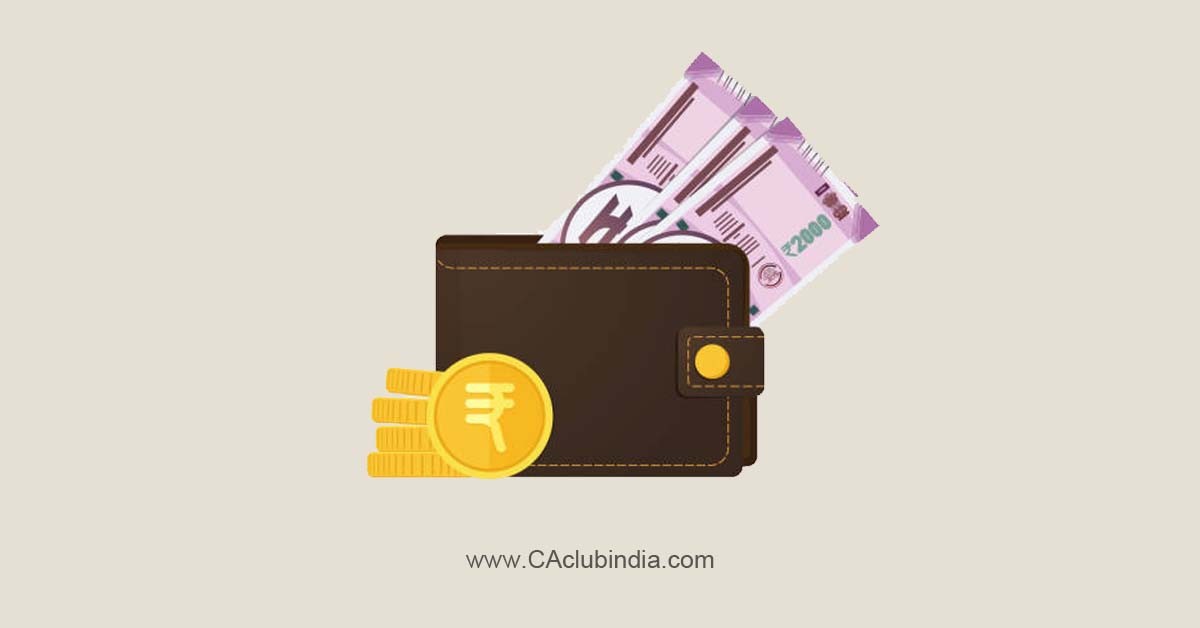Have you ever thought money that you are using to buy a plate of momos or a brand new car where did it come from? Well all of you have earned that but what is whole concept of money supply, how only a piece of paper helps you buy all luxury or necessity?
MONEY SUPPLY is not just a topic of your syllabus to gain marks it is lot deeper and more interesting than you think.
MONEY SUPPLY
It basically denotes total quantity of money available to the PUBLIC in an economy. Public include households, firms and institutions, it does not include government and banking system. It includes total amount of cash, coins, and balances in bank accounts in circulation. Quantity of money is measurable at any point of time in our economy.
Supply of money is STOCK VARIABLE and not FLOW variable that means money available at a particular point of time.
MONEY available to public for spending is always smaller than total stock of money that actually exist in the economy.

SOURCES OF MONEY SUPPLY
Supply of money in an economy depends on decision of central bank in consultation with the government of India.Two major sources of money supply are:
1. Primary source
- The central bank of our country is authorized to issue currency therefore the central bank is the primary source of the money supply.
- Currency issued by the government is called FIAT MONEY.
- Currency issued by the central bank is the liability of central bank and the government therefore it must be backed by an equal amount of gold and foreign exchange reserves.
- However, just by keeping only a certain amount of minimum reserve of gold and foreign securities, this can be secured. This is called the "minimum reserve system".
2. Secondary source
- The banking system creates a money supply by borrowing and lending money to the public.
- Money created in this process is called "CREDIT MONEY".
THE POINT TO BE NOTED HERE IS RBI AND OTHER BANKING CHANNELS ARE DIFFERENT.
CONCEPT OF MONEY CREATION/MONEY MULTIPLIER
The money multiplier is a process that explains how an increase in the monetary base can cause to give it multiplied effects.
Monetary base means money held by public as currency or held by banks as reserves.
High-powered money includes currency, deposits with the government and reserves of commercial banks with RBI.
1. BEHAVIOUR OF CENTRAL BANK
Central bank which controls the issue of currency, if its behavior remains unchanged over time,
- The total supply of nominal money in the economy
- Will vary directly
- With supply of high-powered money issued by the central bank.
3. The behavior of commercial banks
- The behavior of commercial banks in the economy is reflected by the ratio of their cash reserves to deposits called "RESERVE RATIO"
- If reserve ratio increases, this implies bank needs to contract their loans, causing a decline in deposits and in the money supply.
- If reserve ratio decreases, there will be greater expansions of deposits because the same level of the reserve can support more deposits and the money supply will increase.
4. The behavior of public
- The public is in position to influence the amount of nominal demand deposits of commercial banks.
- The currency held with public will not go under multiple expansions while with bank it goes under multiple expansions
- Since multiple expansion declines, money multiplier will fall leading to fall in money supply.
MEASUREMENT OF MONEY SUPPLY
Measurement of money supply varies from country to country and from time to time.
- M1: currency notes and coins with public + demand deposits of banks
- M2: M1 + savings deposits with post office savings bank
- M3: M1 + net time deposits with the banking systems
- M4: M3 + total deposits with the post office savings organization.
CONCEPT OF CREDIT MULTIPLIER
The credit multiplier means amount of additional money created by commercial bank through the process of lending the available money it has in excess of central's bank reserve requirements.
This measure tells us how much extra new money will be created by the banking system if there is increase in high-powered money (explained above). It also reflects the bank's ability to increase the money supply.
It is reciprocal of required reserve ratio if bank's are required to keep 25% as reserve ratio then they can use 75% to create credit multiplier in economy.
It explains how money supply is caused by commercial banks they use depositors money to lend money which generates flow of money in economy.








 CAclubindia
CAclubindia

